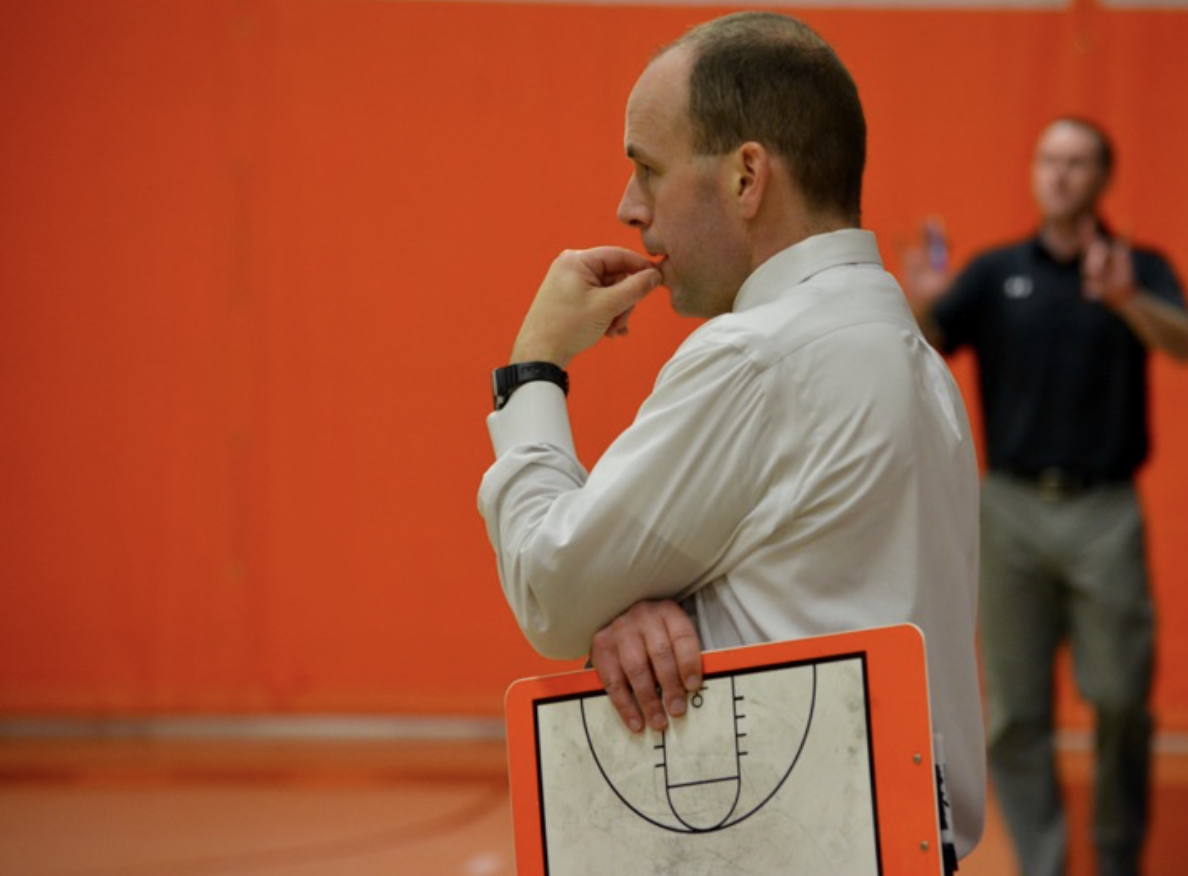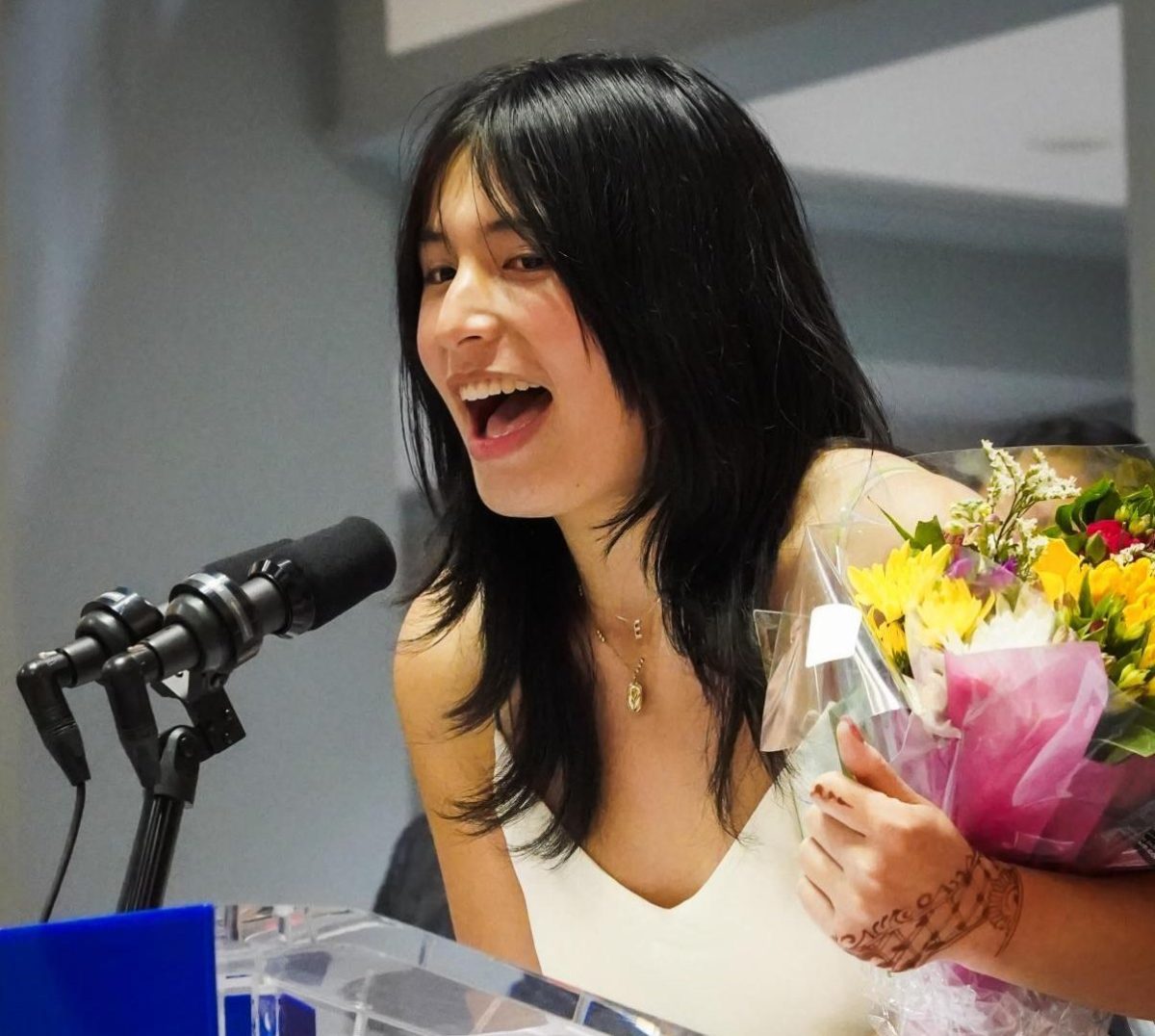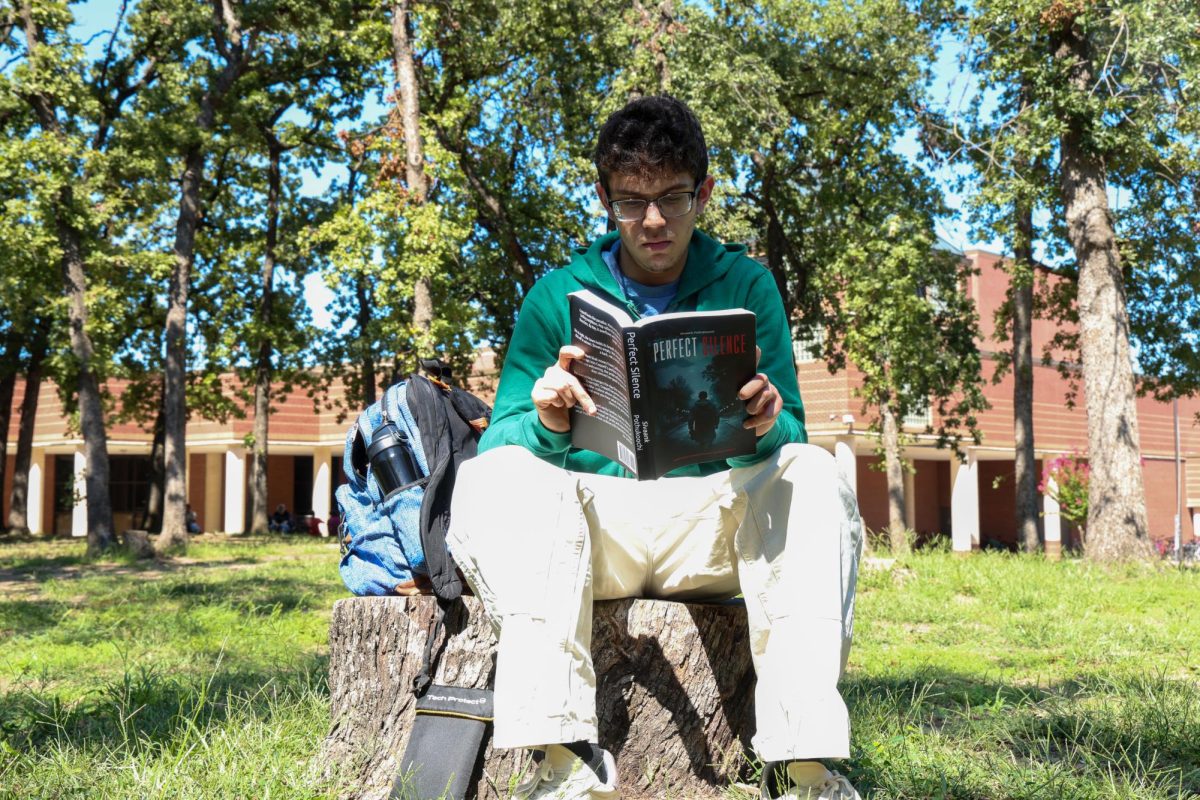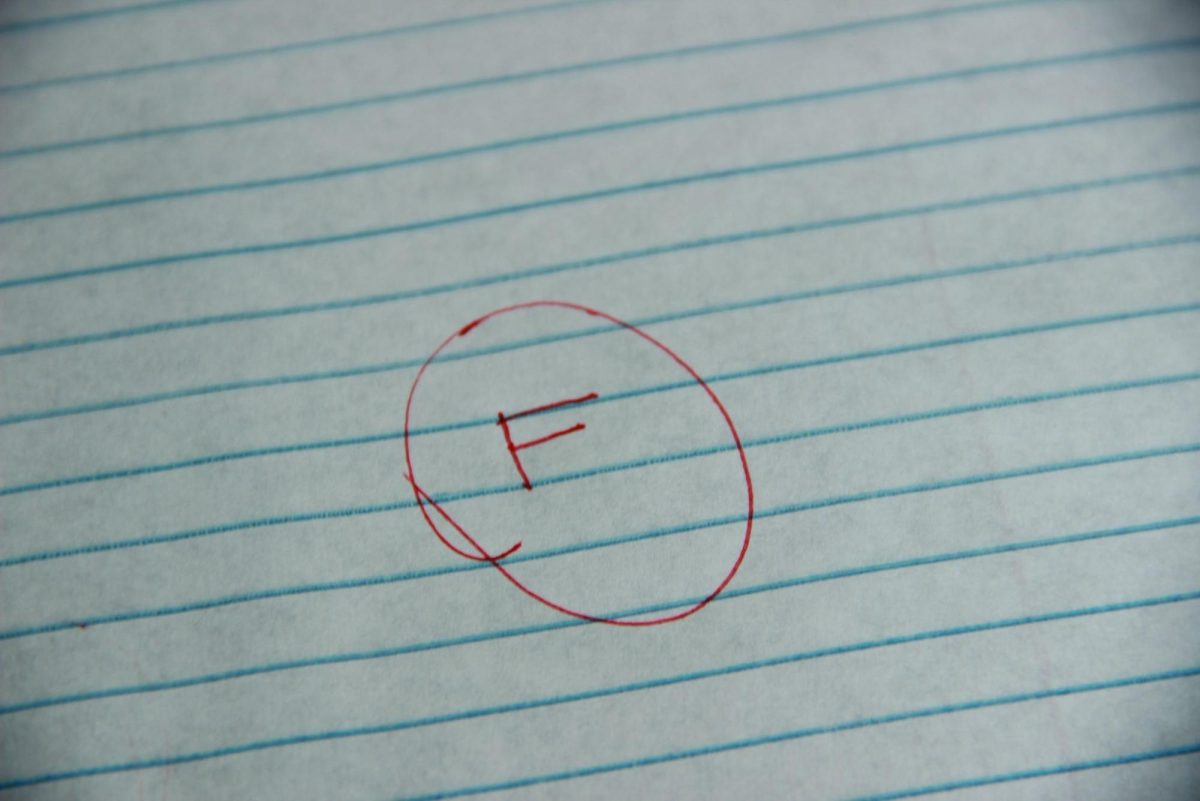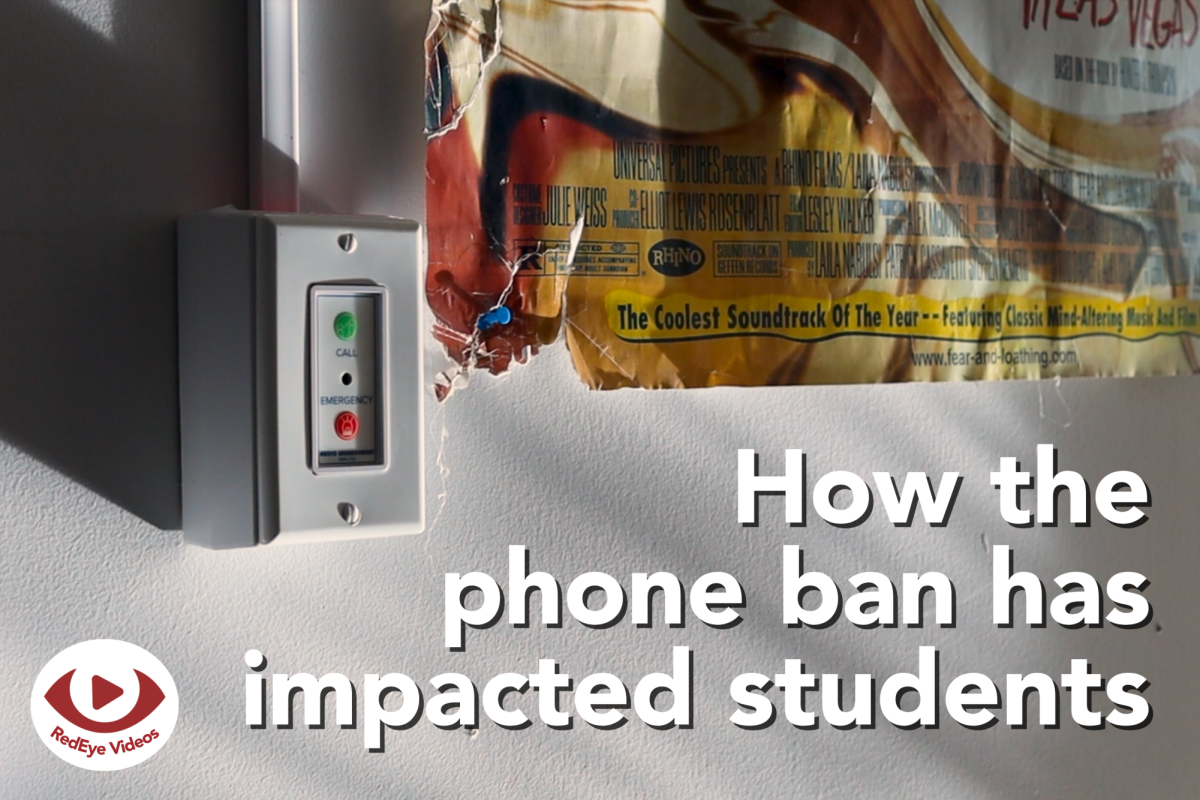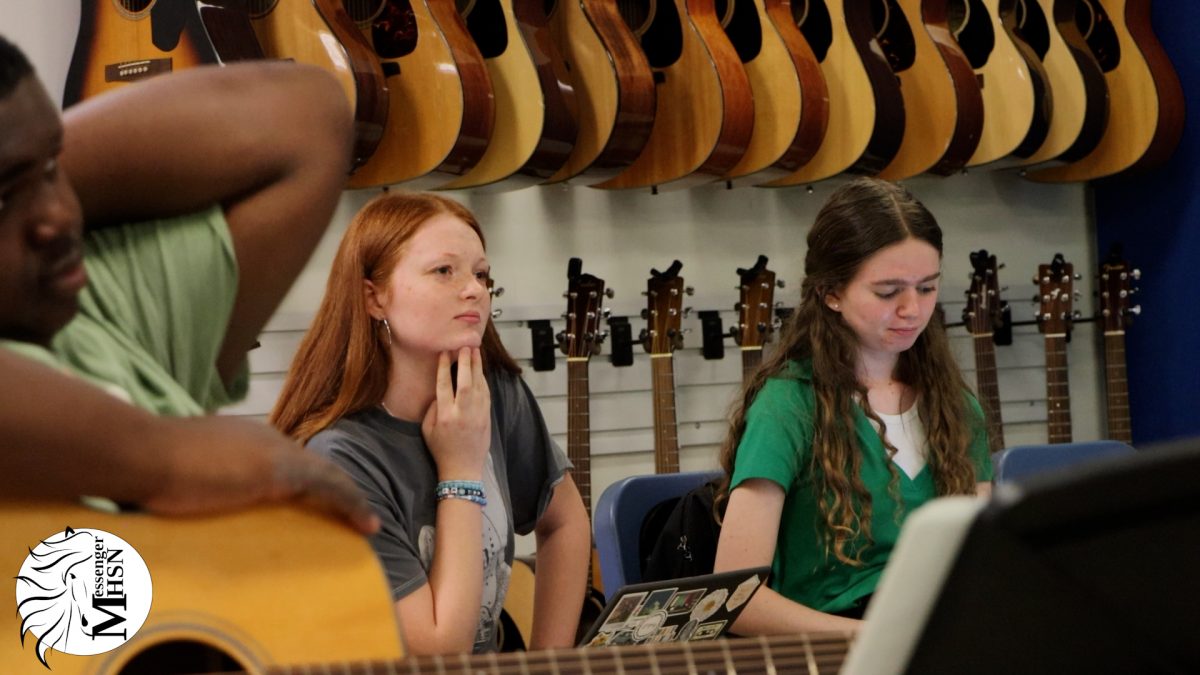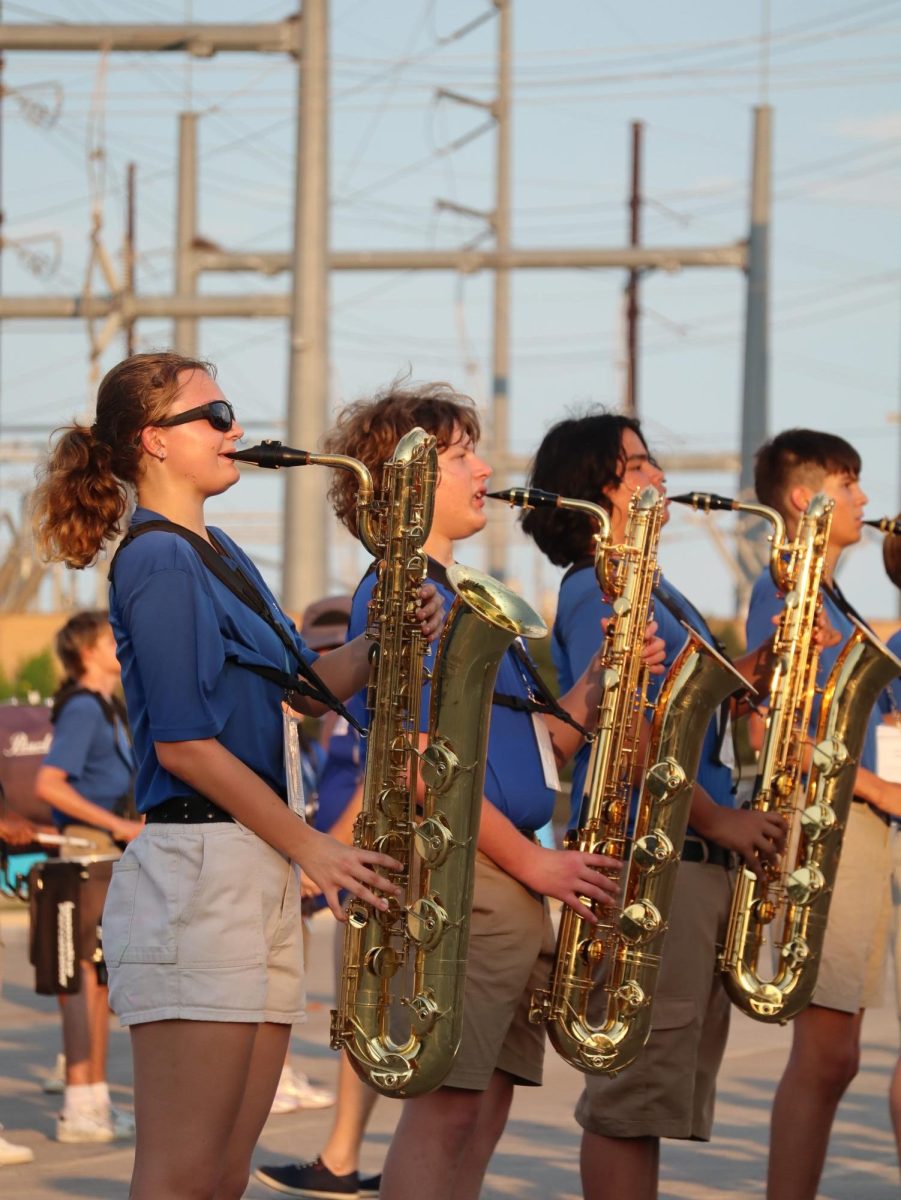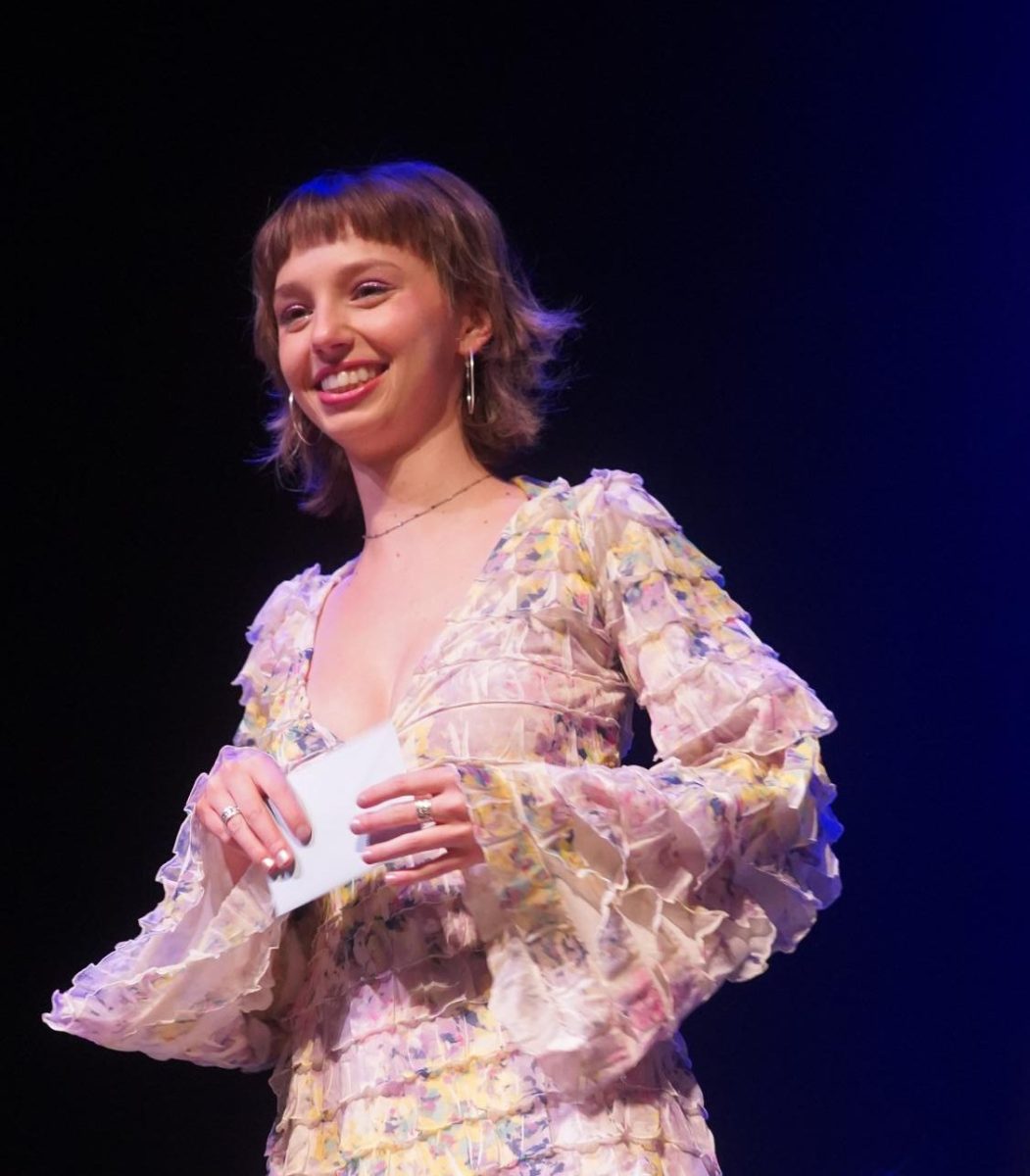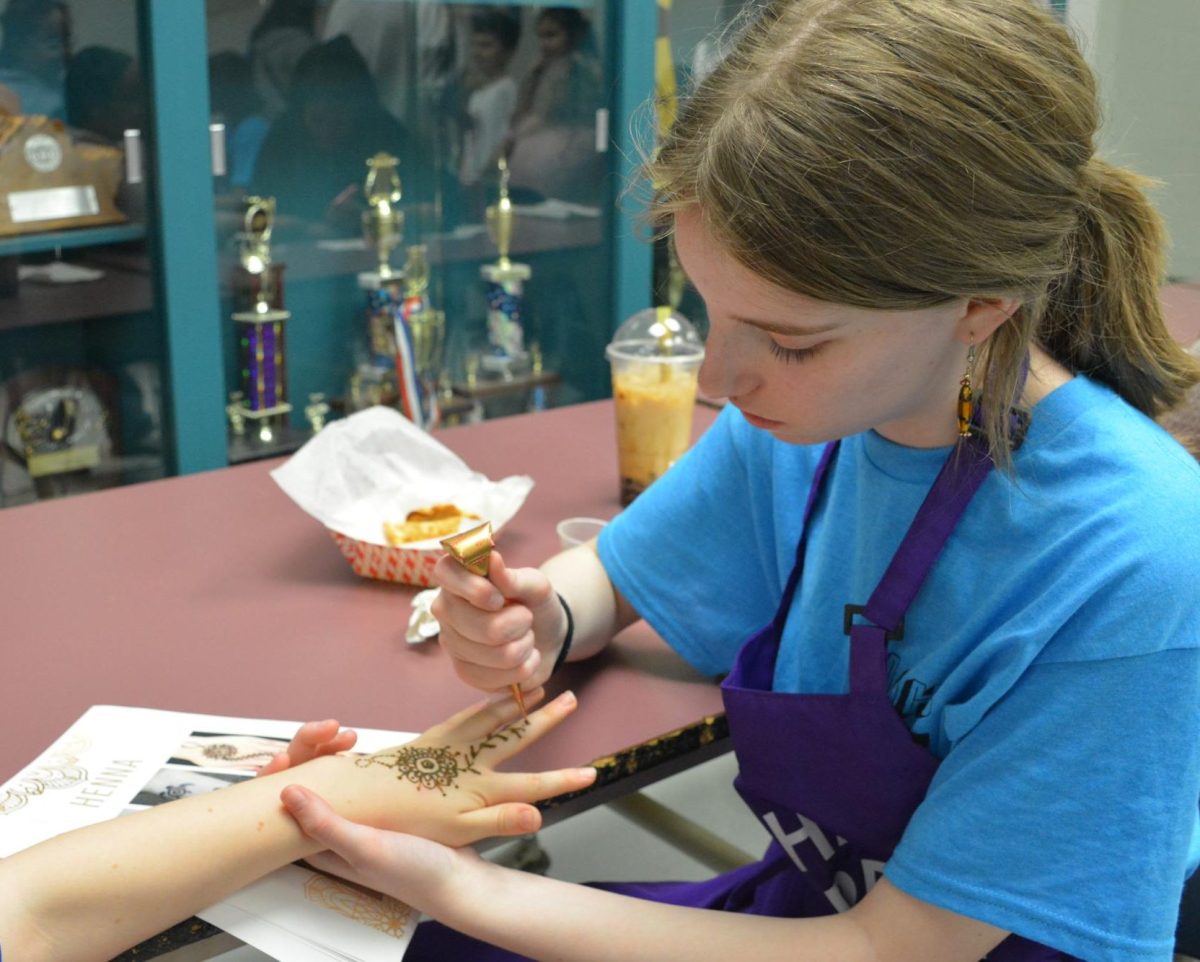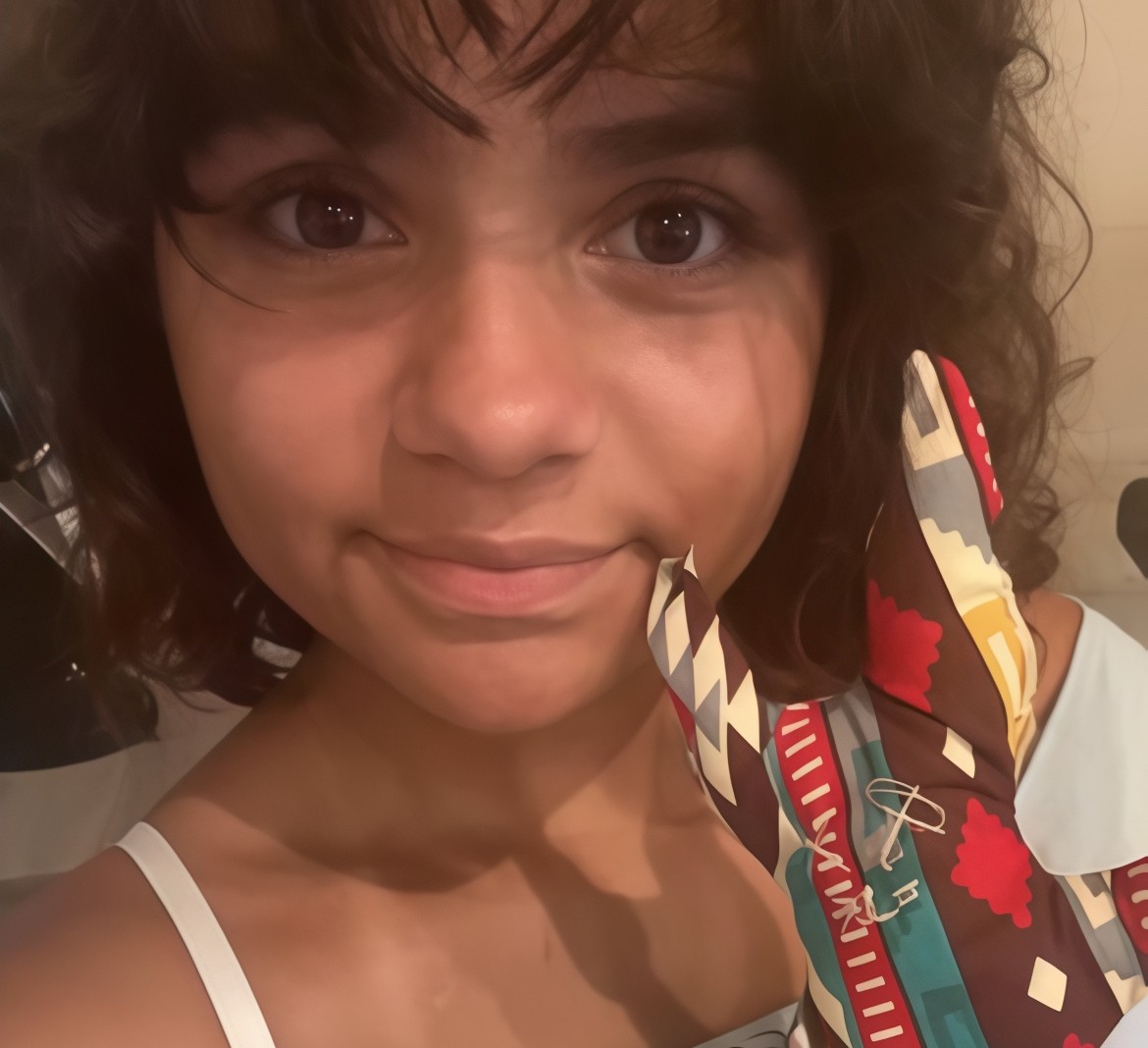During MIT’s highly selective Research Science Institute (RSI) program this summer, senior Scarlet Gitelson won a top-five distinction for her culminating astrophysics oral presentation—a top distinction within the cohort of 100.
Scarlet’s research paper, entitled “Detecting Stellar Winds through Absorption Spectroscopy of Black Hole High Mass X-Ray Binary Cygnus X-1,” dives into the astrophysical enigmas within stellar mass black hole systems and the imaging techniques used in this line of research. While black holes are broadly understood to tether orbiting bodies due to the holes’ extreme masses, Scarlet explains that some systems like Cygnus X-1 have it the other way around: “In these systems, it’s not a star orbiting a black hole, it’s a black hole orbiting a star,” she said. For this singular phenomenon to occur, the black hole must grow through huge ejections of mass from the companion star called stellar winds.
While conducting this research during her six-week stay at RSI, Scarlet took advantage of the laboratory in the MIT Kavli Institute for Astrophysics and Space Research by exploring different scientific techniques to better understand stellar mass black hole systems. Scarlet said, “Using a technique called absorption spectroscopy, where we look for missing light that gets absorbed as light from near the black hole leaves the system and gets to our detector, we can detect evidence of that stellar wind and thereby understand the accretion process better.”
Scarlet worked closely under the guidance of Paul Draghis, an MIT Kavli fellow with a similar interest in the properties of stellar mass black holes. “He was absolutely incredible to work with,” Scarlet said. “Day to day, I worked in an office and worked on my code, and pretty much every other day, I would talk for like an hour with my mentor about what we were doing, why, and what I should be doing.”
In addition to her independent studies, Scarlet would often discuss and exchange ideas with other members of the Kavli Institute laboratory.
“[The program is] 100 kids from around the world, and they’re all studying different types of science,” Scarlet explained. “I would go and spend eight hours at my lab doing my work and loving my black holes, and then I would go to dinner with my friends, and I would get to hear about the proteins they were studying, or the kind of nucleoskeleton [they were researching], or the kind of theoretical computer science they were doing.”
While Scarlet’s time in the RSI program is over, she plans to continue her studies of stellar mass black hole systems during the school year, hoping to expand her research into every unexplored cavity of her black hole odyssey.
“[My advisor and I] are working on archival data, so, [when] looking at data from [the NICER telescope]—those 656 observations—our current data analysis takes into account around 253 of those observations,” she said. “So, first things first, [our goal is] expanding the data set we’re working with and trying to get all of those observations.”
She also hopes to explore different options, such as diagrams and other visualizers, for the physical modeling of her project, an aspect of her work that the six-week time frame of the program could not fully allow for.
Upper School math teacher Chris van Benthuysen, who has worked with Scarlet through numerous courses and independent study projects in her three years at Latin, praised her dedication to her studies. “I’m particularly impressed with the agency [Scarlet] has taken [with] her growth academically and mathematically,” he said. Mr. van Benthuysen has worked with Scarlet through numerous courses and independent study projects throughout her past three years at Latin, where she tackled complex topics such as multivariable calculus and real analysis.
“She’s really looked at the obvious ways to grow, which is taking more math classes, but also looking for other ways she can grow as a mathematician,” Mr. van Benthuysen said. “I think that’s particularly impressive for somebody as accomplished as she is.”
While Scarlet certainly needs no help in climbing to great mathematical and scientific heights, she always cherishes collaboration and companionship. RSI boasts a collection of around 65 domestic students and 35 international students, all among the most precocious and devoted to their particular scientific areas. Alongside them, Scarlet made memories greater than even the most massive of black holes.
She said, “It was so incredible to get to hear from such a diverse—geographically, diverse in terms of life experience, just, diverse in every sense of the word—group of people.”
Beyond her achievements at RSI, Scarlet’s curiosity and grit have distinguished her as one of Latin’s most admired scientific minds. Senior and fellow science savant Luca Noventa said, “As another student interested in physics, I really know how impressive something like [this award] is. To be recognized for research at RSI of all places is exceptional, and it makes me even more certain that she’ll go on to do amazing things.”
This story was originally published on The Forum on September 11, 2025.

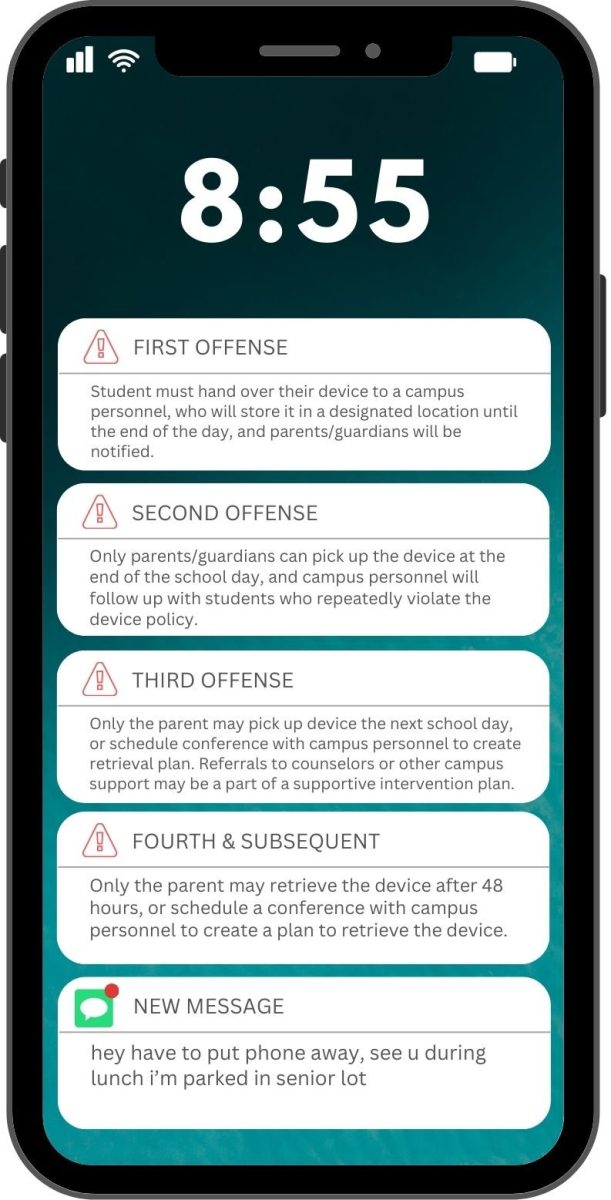


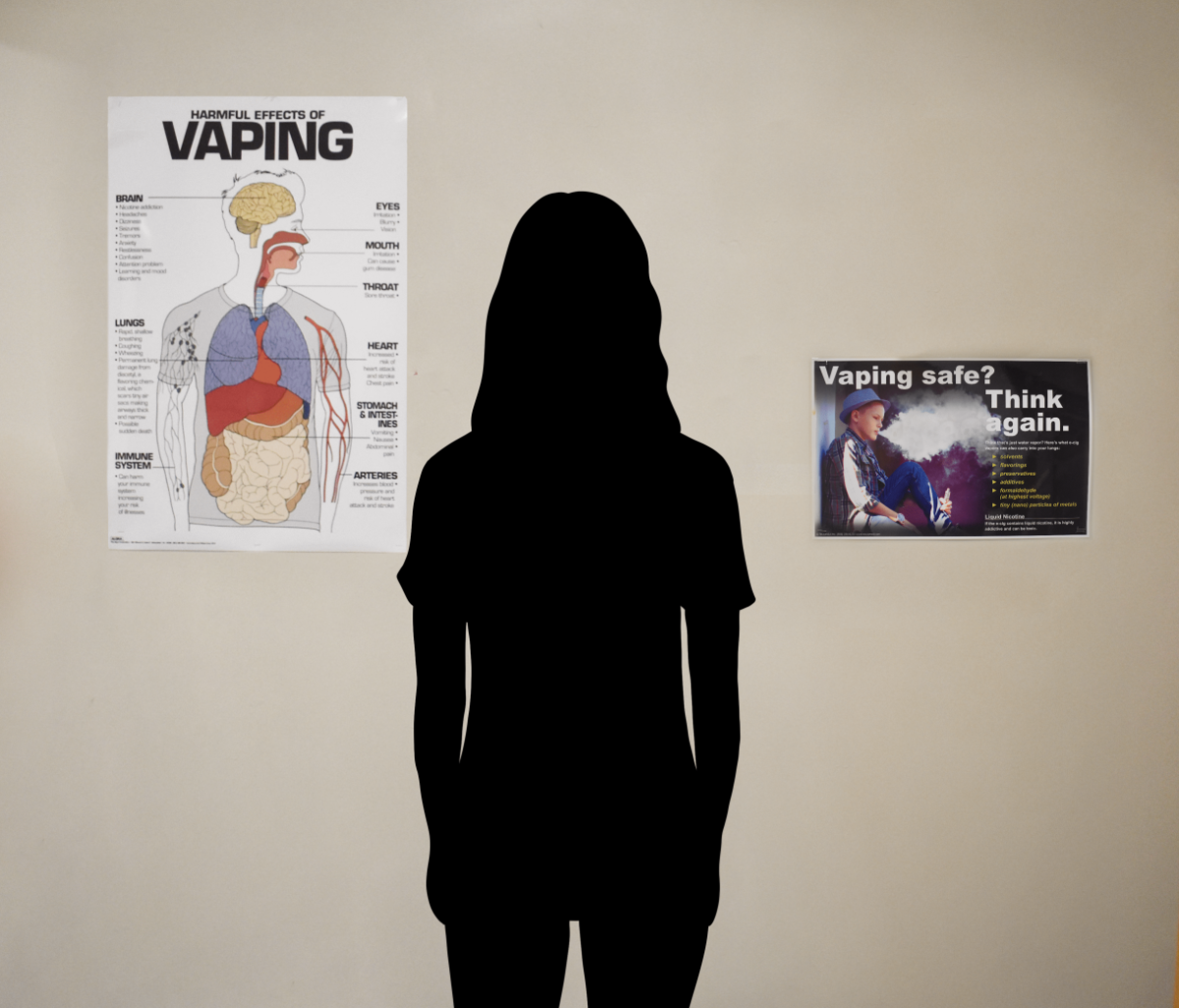


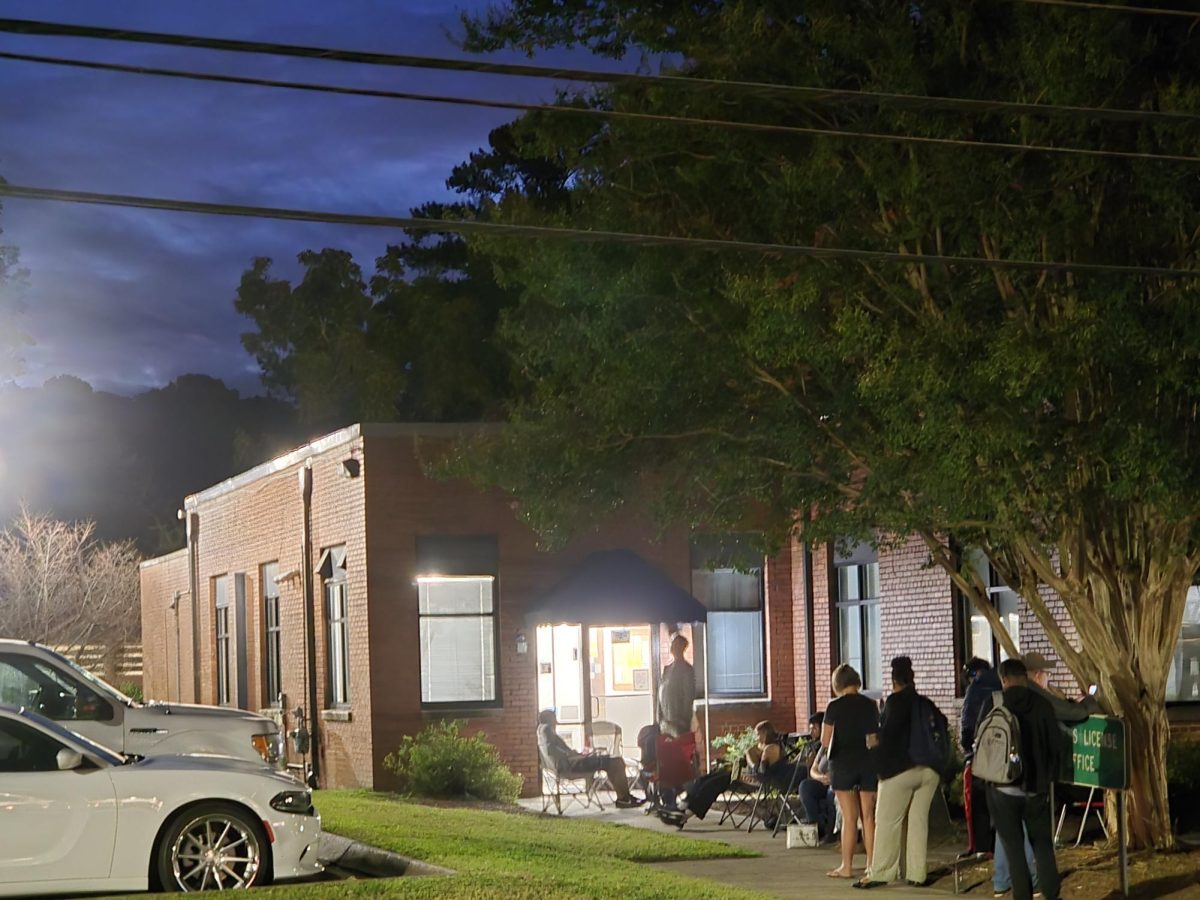

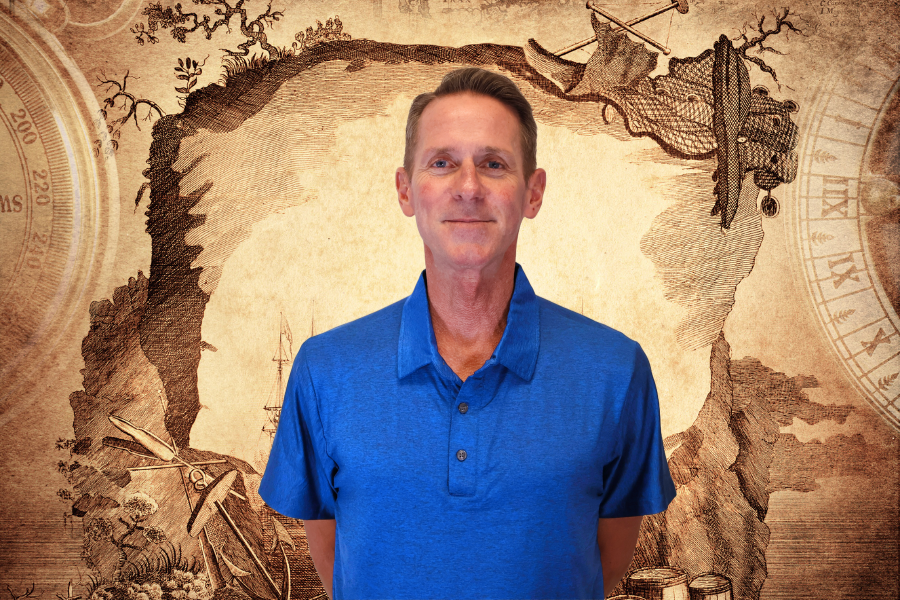

![SETTING THE STANDARD: Mater Dei High School and Playfly Sports announced its historic media partnership in the spring of 2025. As Mater Dei Athletics continues to achieve new heights, Playfly will introduce new partnerships and sponsors for these programs. With the added revenue and resources, Mater Dei can improve the high school experience for all students, while engaging the community in a showcase of Monarch pride. “[This partnership is designed] to increase the experience that our athletes and our non-student athletes have with the [athletic] programs,” Melvin said. “School spirit, engagement, and pride are all things we [keep in mind].” Photo taken by Kenzington Ragge.](https://bestofsno.com/wp-content/uploads/2025/09/IMG_0237.jpeg)
